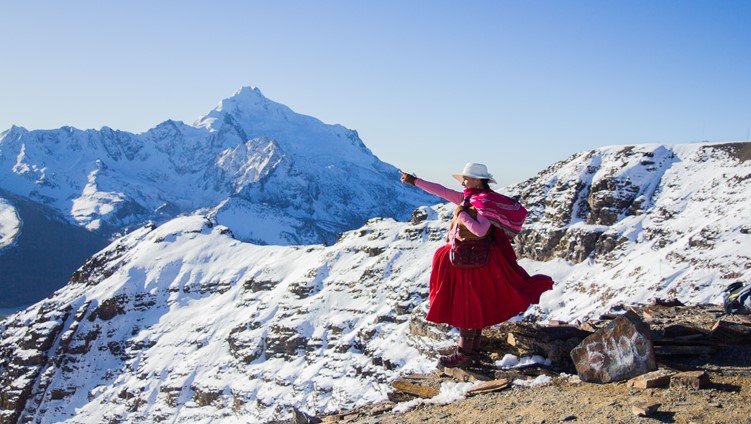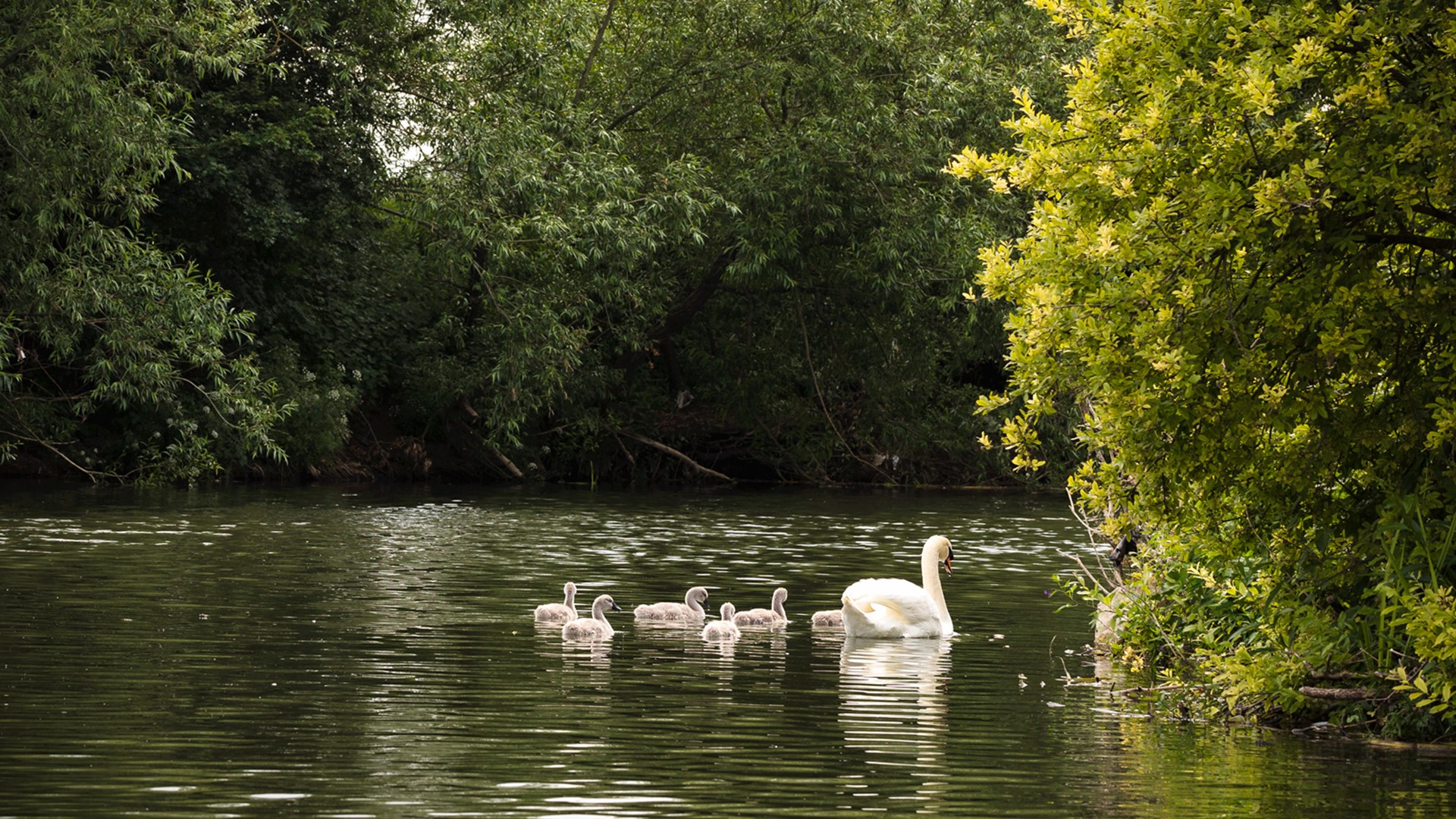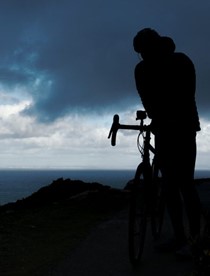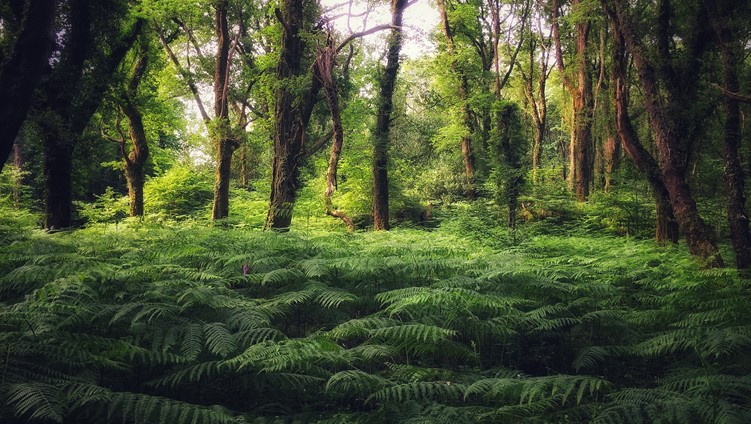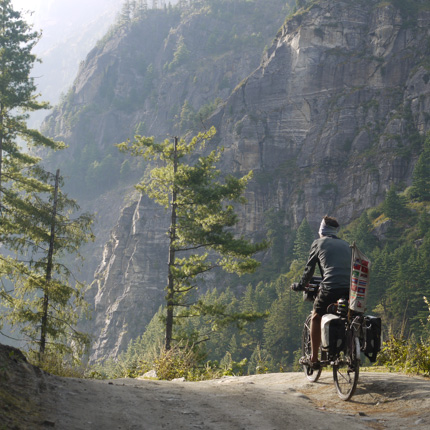
Wye Valley
For the later part of my childhood years, I lived in the lower end of the Wye Valley, in Chepstow, a town straddling the River Wye, which in these parts forms the Wales-England border. In my early adult years, I moved around the south of the UK before settling in Bristol. It was only when I got into climbing that I began to return to the Wye Valley. I suddenly saw it through totally different eyes. As a child, you often take the world around you for granted, not because you are ungrateful but because you know no different. Beyond climbing, I’ve began exploring this AONB in other ways – by foot and by paddle. In the springtime, the Wye Valley Walk (the trail that follows the valley) takes you through riparian ecosystems, woodlands carpeted with wild garlic and bluebells and hilly crags with views along the valley. In the summer, you can canoe stretches of the river where the water is calmer and experience the abundant and varied birdlife on its banks. In the autumn, the woodlands burst into a fiery fiesta of colour that catches in the lengthening light of the year. In the winter, the broadleaf forests are bare and sleepy, and mast litters the floor with a crunch underfoot – a great a time to find peace, stillness and solitude. Suggestions: walking, Redbrook to Chepstow; canoeing, Ross-on-Wye to Symonds Yat.
'In the springtime, the Wye Valley Walk takes you through riparian ecosystems, woodlands carpeted with wild garlic and bluebells and hilly crags with views along the valley.'
River Avon (on the Bristol-Bath cycle path)
Over the past few years, on sunny summer afternoons, it’s become a bit of a ritual for Jody (Co-Founder at Another Escape) and I to jump on our bikes and head off along the old train route connecting Bristol and Bath. The stations are still there – some station houses are now home to tea rooms – and in some places the tracks are too, with vintage engines making nostalgic trips along the line. But today, for the most part, the route is a torrent of cyclists, runners, dog walkers and families out on jollies. It doesn’t take long to get out of the city, and soon a bucolic landscape of fields and pastures unfolds. The ride is enjoyable, for sure – although beware, on warm weekends it can get pretty trafficked. About halfway along the route between the two cities, the cycle path starts to thread its course with the River Avon, which you’ll have an aerial view on thanks to the old railway bridges that carry the cycle path. There are some spots where you can jump into the water and enjoy the halcyon vibes of the river, and you can pop into one of the nearby pubs for a local beer. (Beware of water quality here).
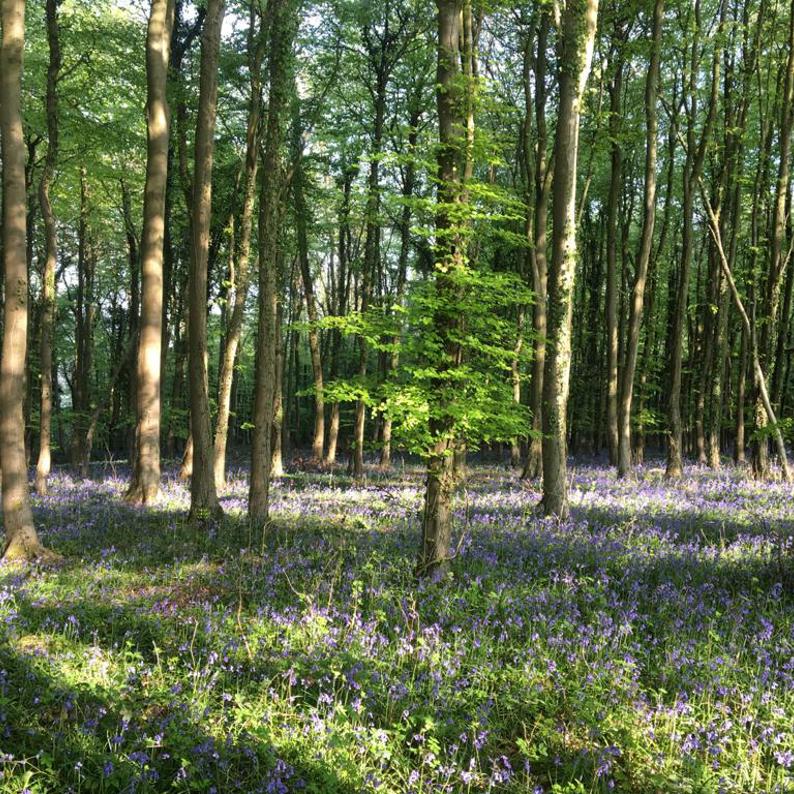
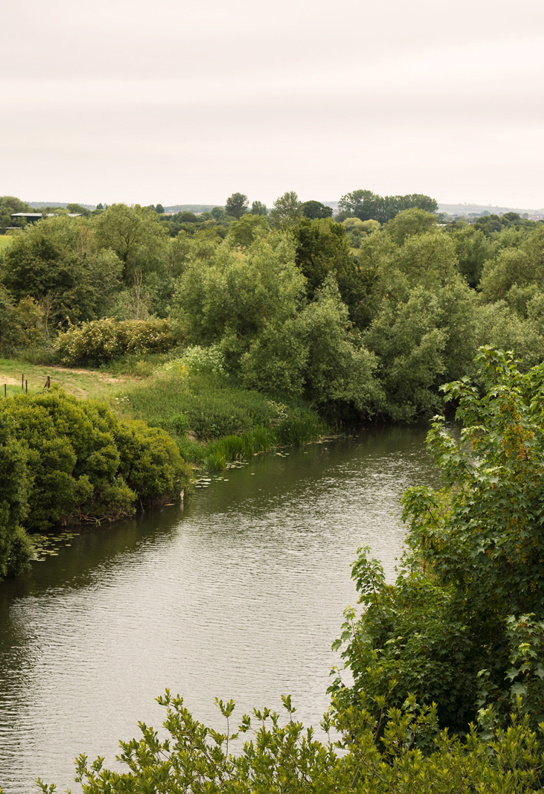
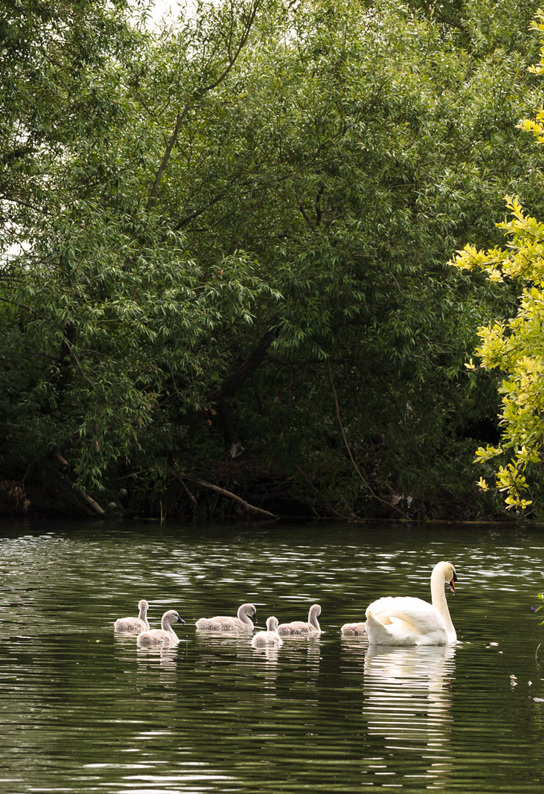
Wye Valley, River Avon.
Dorset Coast / Dancing Ledge
My first taste of Dorset was during my university years while studying in Bournemouth. The Dorset coast holds a special place for me. I connect to the landscape, both its coastal cliffs and beaches and inland moorland and woodland. I’ve spent many summer weekends on this coastline, indulging in the more wild parts where you can get away from the crowds. Whenever I get down there, I try to make a habit of going for a coastal run. The undulating cliffs put your legs to the test, and the cool sea breeze can either work with you or against you, but either way makes you feel truly invigorated. I’m still discovering this area, but particularly like the stretch from Poole Harbour to Kimmeridge.
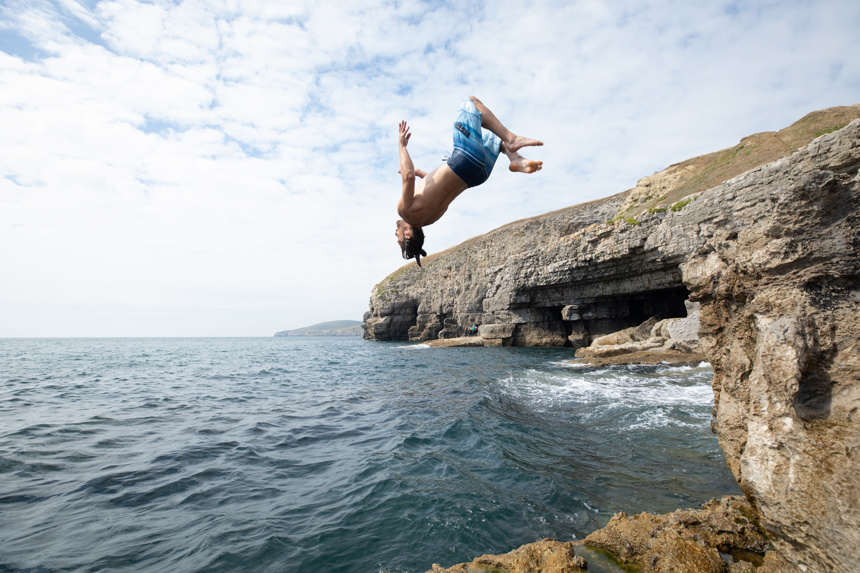
Keep exploring

